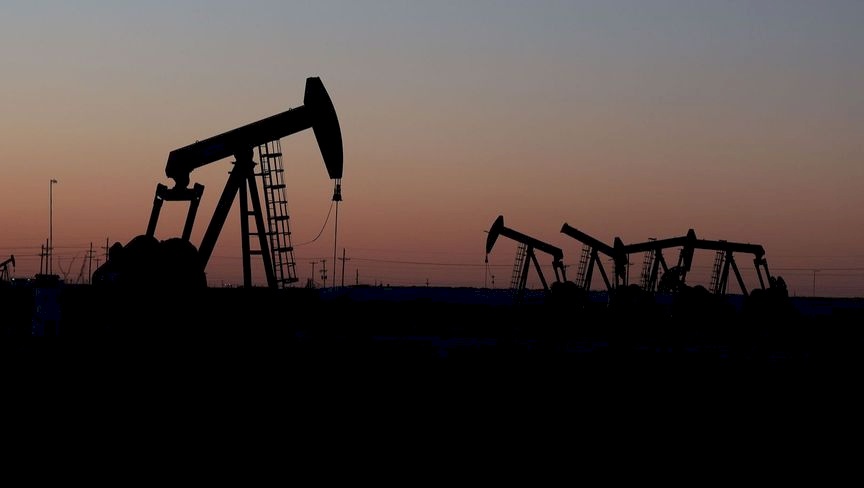
Stability in Oil Prices After Saudi Arabia's Price Cuts and Anticipation of Demand Decline
Oil prices stabilized as investors assessed the prospects of declining demand after Saudi Arabia lowered prices for most of its crude grades.
Brent crude traded near $66 per barrel after closing up 0.8% on Monday, while West Texas Intermediate remained above $62. Saudi Aramco, the state-owned producer, announced cuts in prices for all types of its crude designated for buyers in Asia for the coming month, following the OPEC+ alliance's decision to continue pumping more halted barrels into the market in October.
Aramco's reduction of its "Arab Light" benchmark price for Asia was more than expected, which could send a negative signal according to traders in the Asian market. The market faces a potential oversupply at the end of this year and through 2026, which will exert downward pressure on prices.
Zhou Mi, an analyst at a research institute affiliated with "Cows Turnary Futures," stated: "It is clear that Saudi Arabia has entered a battle for market share, leaving the market with a high likelihood of supply surplus."
OPEC and its allies decided to reinstate 137,000 barrels per day in October, which is a lesser increase than previously planned in earlier months, reflecting some caution in the forecasts. However, the decision indicates a collective push from the alliance to reclaim market shares rather than defend prices.
Although Brent has fallen about 11% since the beginning of the year, prices have maintained relative stability amid increased OPEC+ supplies. Strategic stockpiling in China has recently supported demand, but according to Frédéric Lasser, head of research at "Gunvor Group," China may not fully absorb the anticipated surplus, as he noted during the Asia-Pacific Petroleum Conference in Singapore on Monday.

Bicent: Kevin Warsh and Kevin Hassett are qualified to lead the Federal Reserve Board

ثروة إيلون ماسك تتجاوز عتبة 600 مليار دولار لأول مرة

Stocks Dip and Dollar Weakens as Job Report and Price Index Awaited

Expectations for 15 Reactors to Operate Worldwide in 2026

Stability of U.S. Oil Prices Near Their Lowest Level

Gold Prices Register Near $4,290 an Ounce

Inflation in Saudi Arabia Slows to 1.9%
